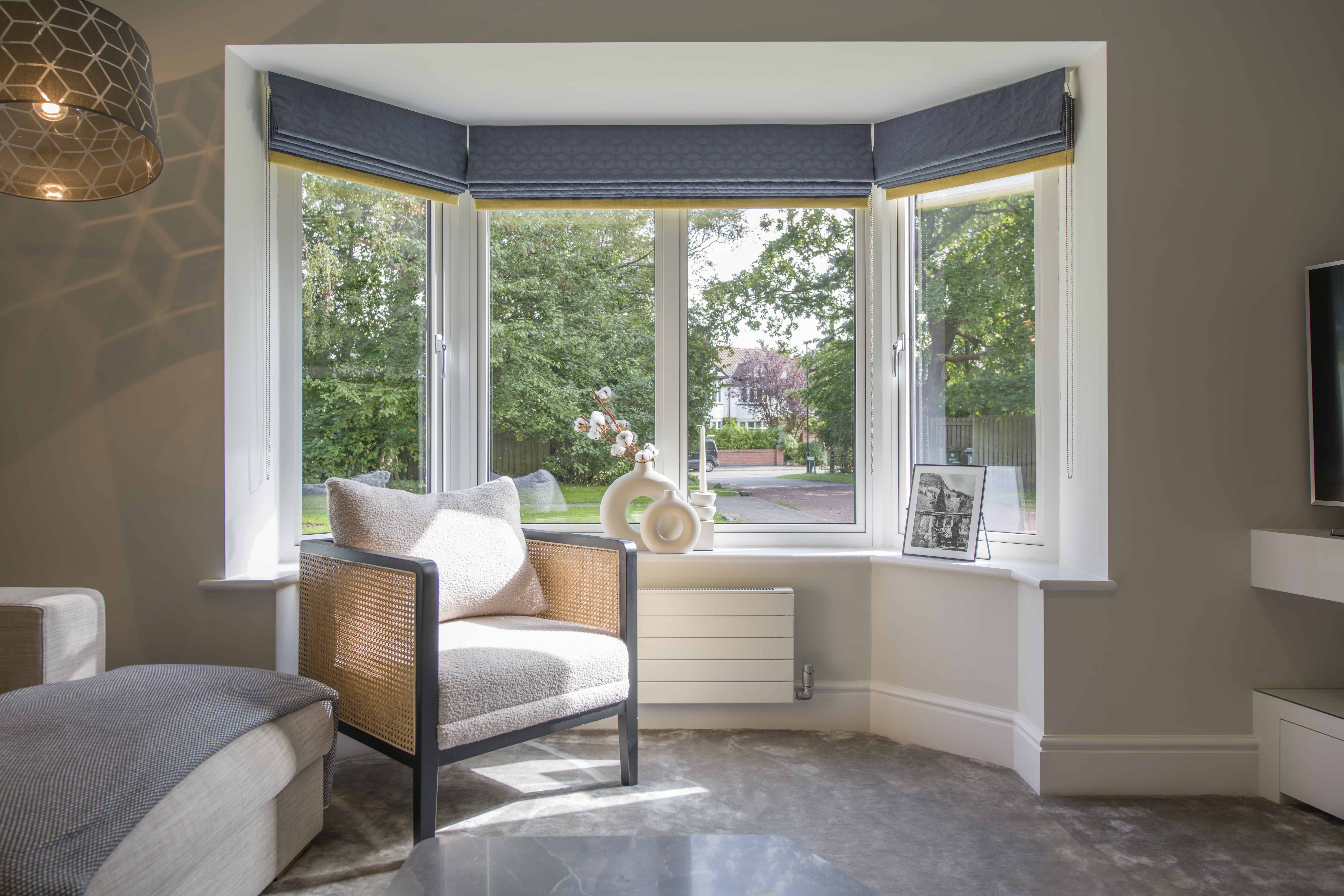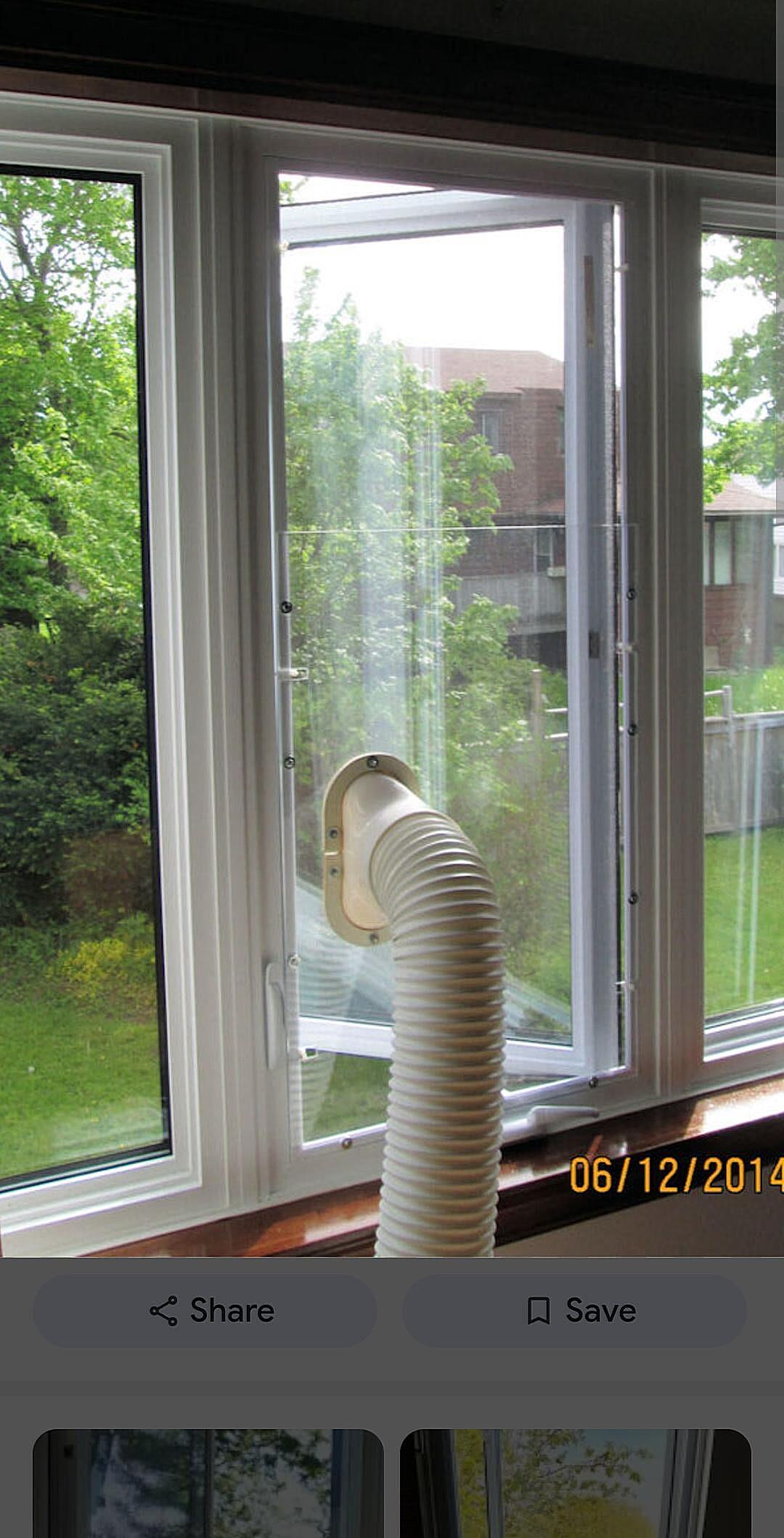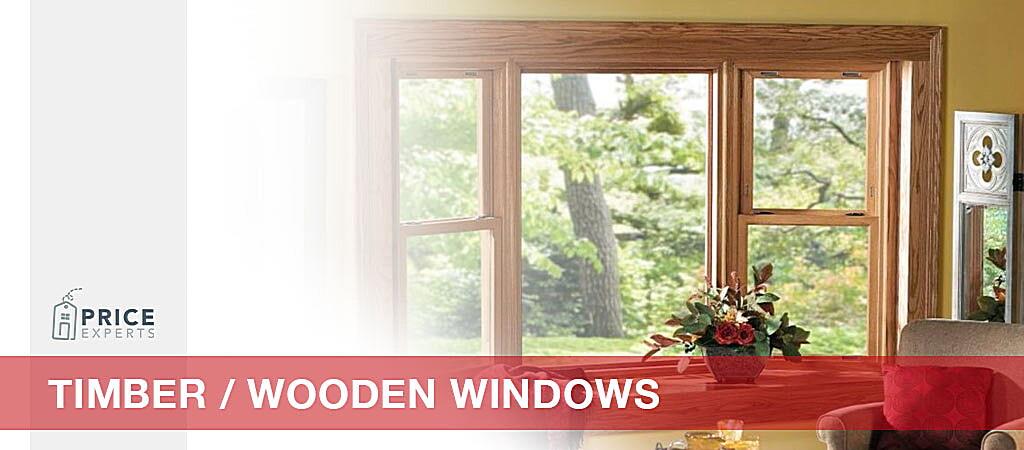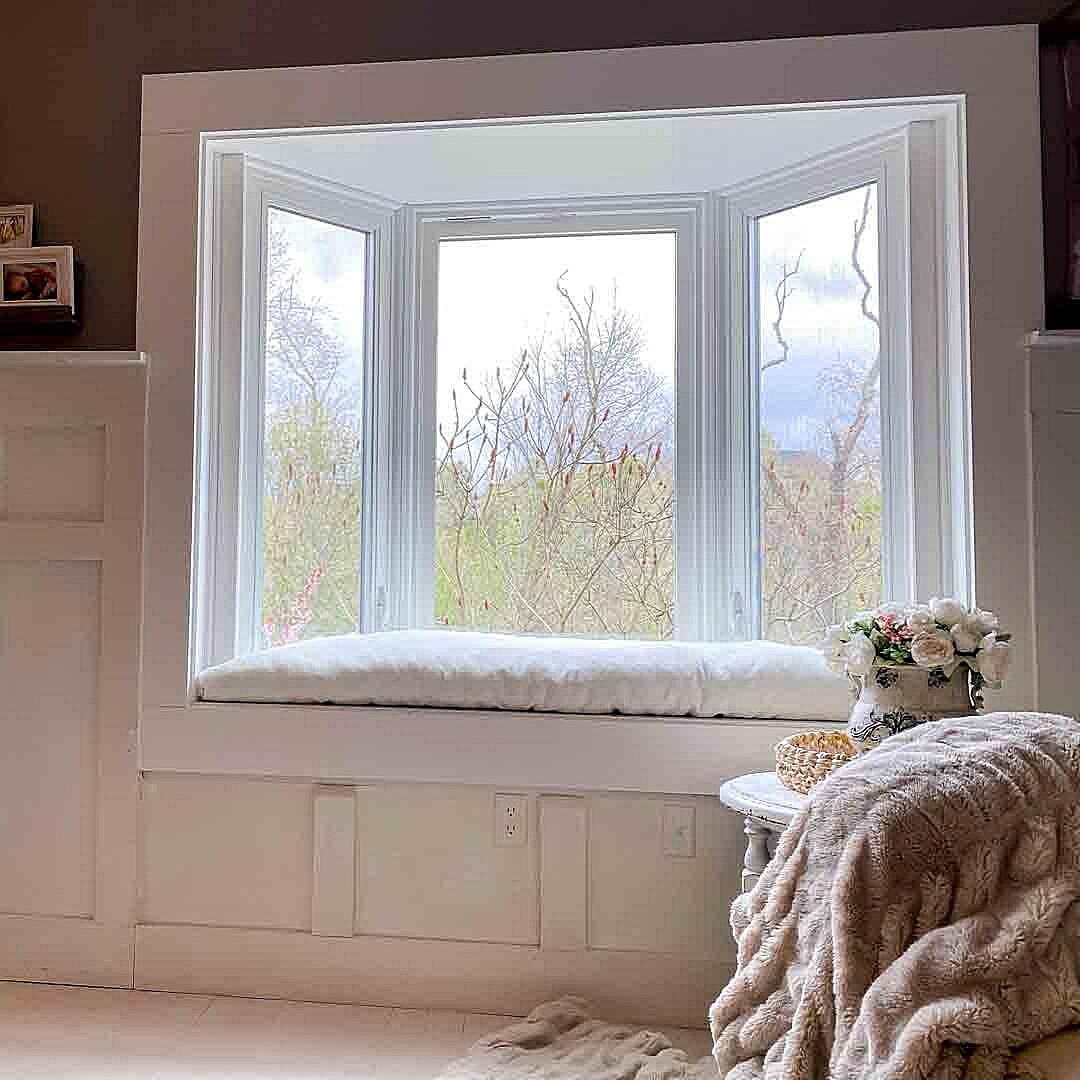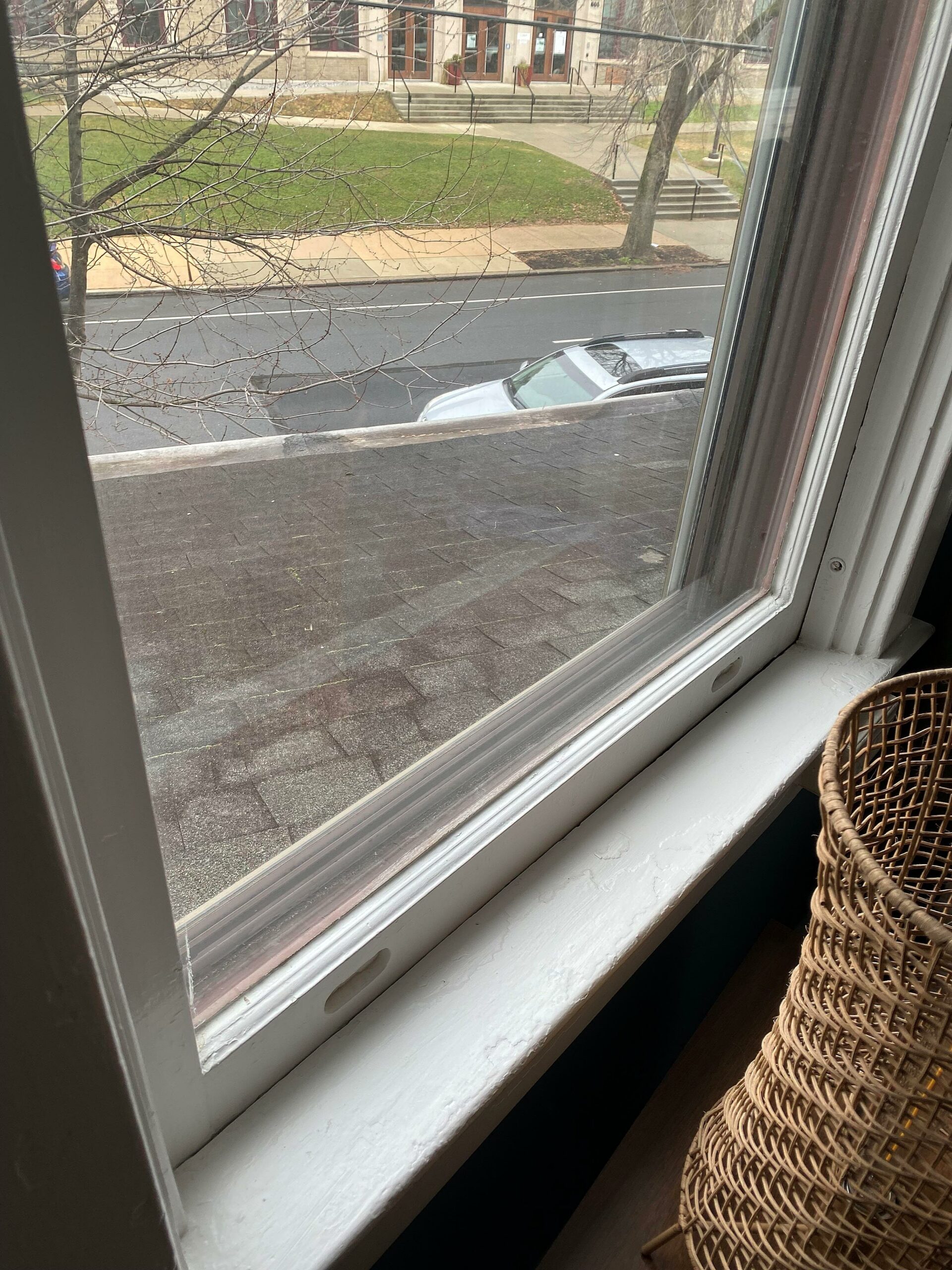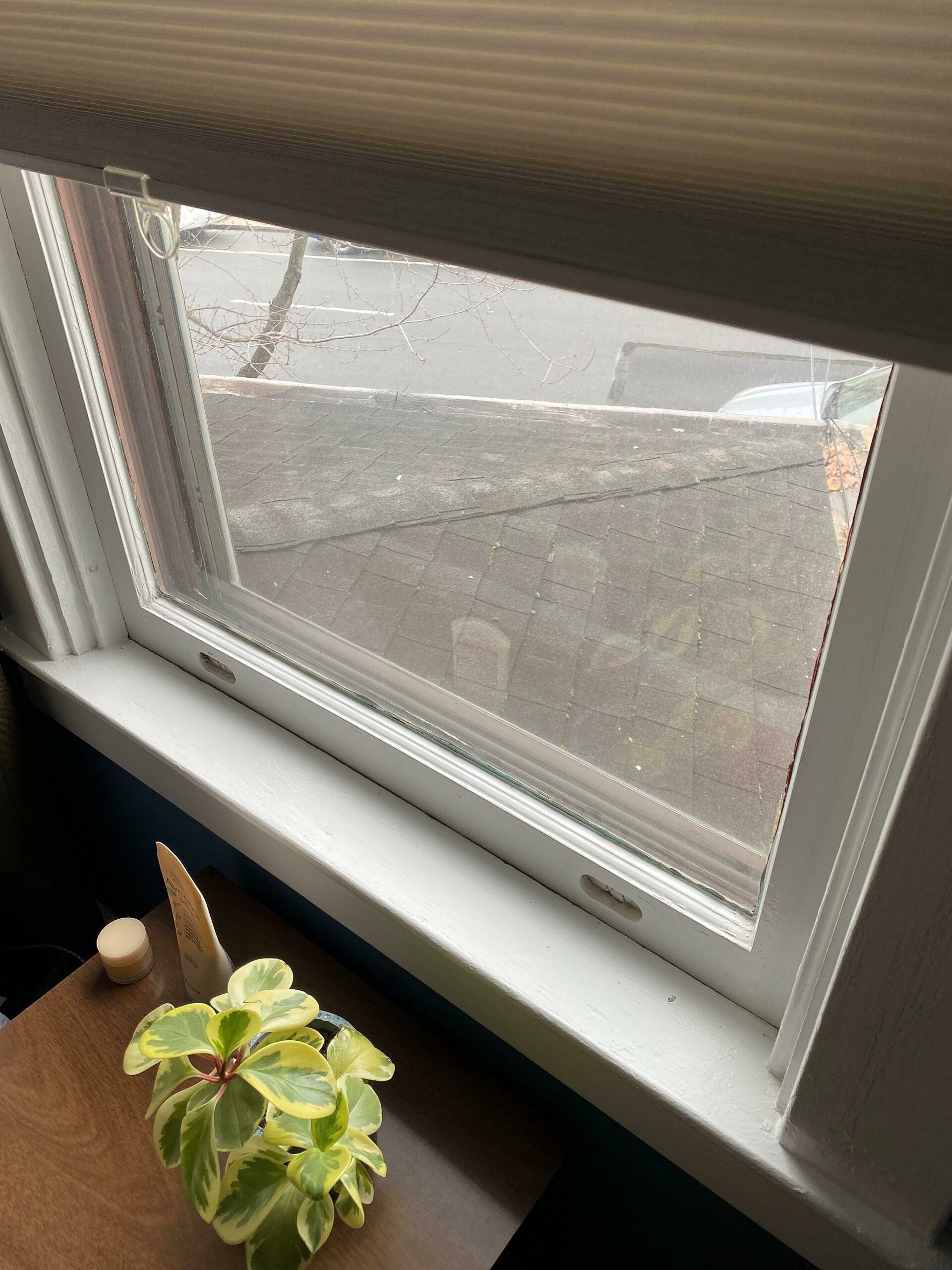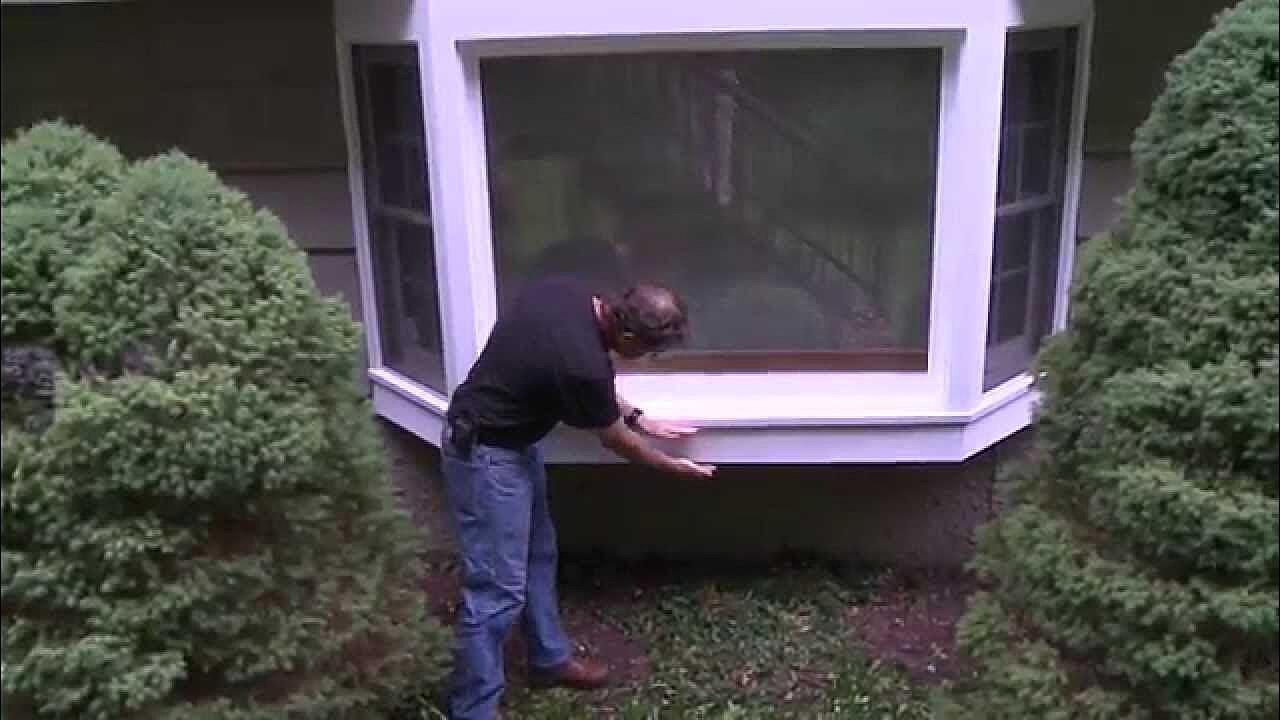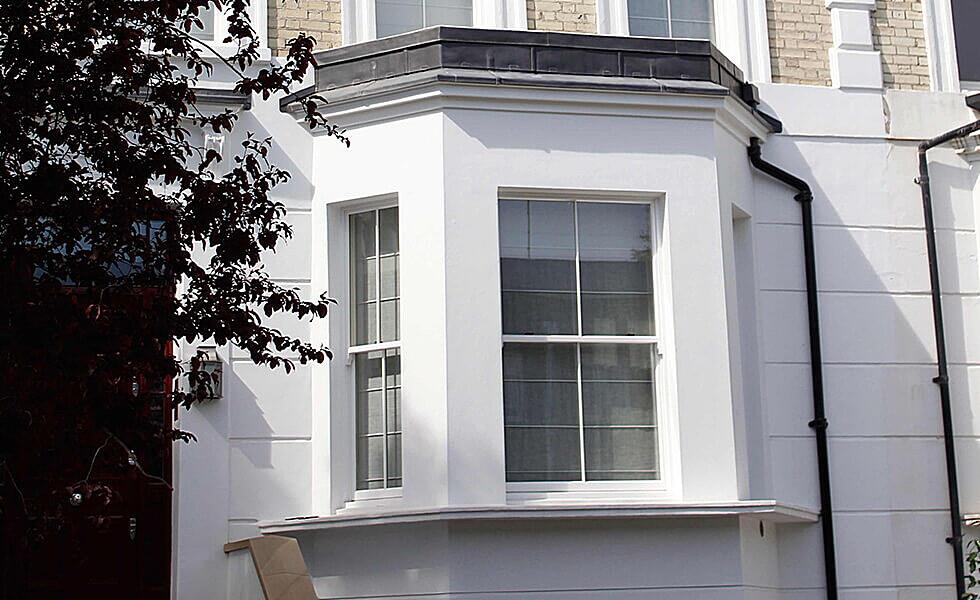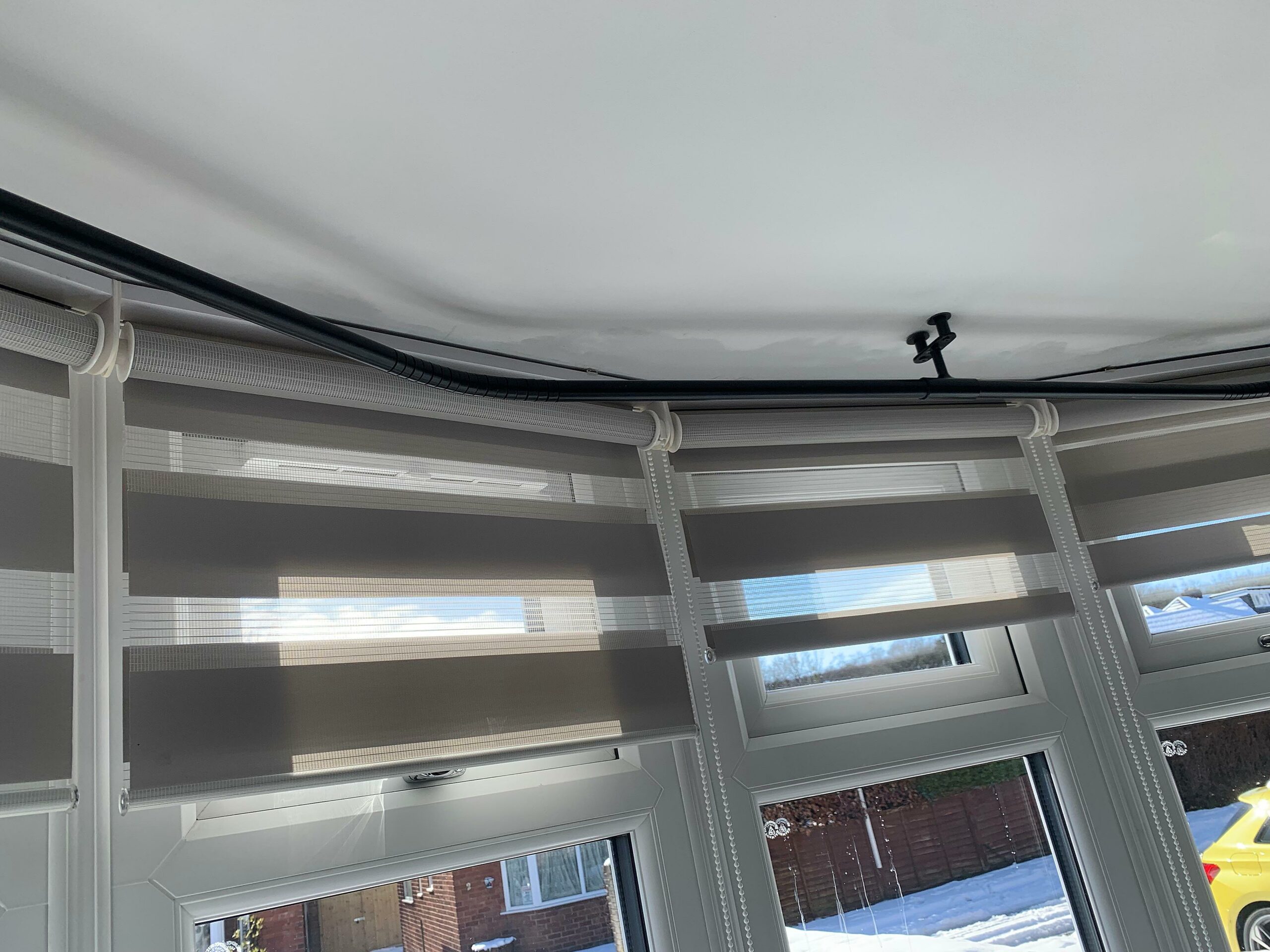You May Also Like :
Why Are Bay Windows So Chilly? Unpacking the Cold Truth
1. The Bay Window Chill Factor
Okay, let’s talk bay windows. Those beautiful, projecting windows that add character and light to a room. They’re like the charming extroverts of the window world. But, let’s be honest, they can also be drafty little buggers. Have you ever sat near one on a cold day and felt a shiver creep down your spine? You’re not alone! There are several reasons why bay windows are so cold, and understanding them is the first step to warming things up.
One major culprit is simply the increased surface area. Think about it: a bay window isn’t just one flat pane of glass. It’s usually three or more, jutting out from the wall. More glass means more opportunity for heat to escape from your cozy home and for the outside cold to seep in. It’s a simple equation, really: bigger window = bigger heat loss. It’s like wearing a t-shirt in winter versus a full parka; the more coverage, the warmer you stay.
Another factor at play is the framing and insulation. Older bay windows, especially, might have poorly insulated frames or gaps around the edges where the window meets the wall. Air leaks are sneaky little heat thieves! Even a tiny crack can let a surprising amount of cold air in. Imagine trying to keep a balloon inflated with a pinhole in it — frustrating, right? The same principle applies to your home’s heat.
Finally, consider the construction of the bay window itself. The angled design can sometimes create tricky spots for insulation. And, if the bay window is cantilevered (meaning it’s supported by brackets rather than a foundation), the floor beneath it might be poorly insulated, allowing cold air to rise into the room. It’s like having a tiny ice cave built into your living space.
Glass Half Empty (of Warmth)
2. The Glass Ceiling (of Insulation)
Alright, let’s zoom in on the glass itself. Not all glass is created equal when it comes to insulation. Single-pane glass, common in older homes, is basically a heat highway. It offers very little resistance to temperature transfer. It’s like trying to block a flood with a screen door — pretty ineffective.
Double-pane glass is a definite improvement. That air gap between the panes acts as a buffer, slowing down the transfer of heat and cold. It’s like adding an extra layer of clothing on a chilly day. But even double-pane windows can vary in quality and effectiveness. The type of gas used between the panes (argon or krypton are common) and any special coatings (like low-E coatings) can make a big difference in their insulating power.
Low-E coatings are like sunscreen for your windows. They reflect radiant heat, keeping your home cooler in the summer and warmer in the winter. It’s a clever technology that can significantly improve the energy efficiency of your windows. Without it, you’re basically letting all the sun’s energy (and the cold!) right in.
So, before you blame the entire bay window for being a cold culprit, check the type of glass you have. Upgrading to energy-efficient windows with Low-E coatings can make a world of difference in keeping your room cozy. It’s an investment that pays off in comfort and lower energy bills. Think of it as giving your windows a super-powered thermal shield.
Sealing the Deal
3. Draft Dodgers
Even the best windows can be undermined by sneaky air leaks. These drafts can make a room feel much colder than it actually is. Imagine trying to heat a room with a window open — it’s a losing battle! Finding and sealing these leaks is crucial to improving the comfort and energy efficiency of your bay window area.
Start by visually inspecting the window frame, where it meets the wall, and around the sashes. Look for cracks, gaps, or signs of deteriorating caulk. You can also do the “candle test”: on a windy day, hold a lit candle near the window edges. If the flame flickers or gets blown out, you’ve found an air leak! (Just be careful with open flames, of course).
Caulking and weatherstripping are your best friends in the fight against drafts. Apply caulk to seal any gaps around the window frame where it meets the wall. Replace worn or damaged weatherstripping around the sashes. These simple fixes can make a surprisingly big difference in reducing drafts and keeping your room warmer. It’s like putting on a cozy sweater for your windows.
For larger gaps or more serious air leaks, you might need to call in a professional. They can use specialized equipment to detect air leaks and recommend more comprehensive solutions, such as adding insulation or replacing the window frame. Sometimes, a little professional help is all you need to win the war on drafts.
Beyond the Window
4. Structural Integrity
Sometimes, the problem isn’t just the window itself; it’s the entire structure of the bay. As mentioned earlier, cantilevered bay windows can be particularly prone to cold spots. The floor beneath the bay might be poorly insulated, allowing cold air to rise into the room. It’s like having a secret entrance for Jack Frost.
Inspecting the floor and walls around the bay window is essential. If you can access the space beneath the bay, check the insulation. Adding more insulation can significantly reduce heat loss. You might also consider insulating the walls of the bay window area, especially if they’re not well insulated already. It’s like wrapping the entire bay in a cozy blanket.
Another structural issue to consider is the roof above the bay window. If the roof is poorly insulated, heat can escape through the ceiling, making the room feel colder. Adding insulation to the roof can help to keep the heat in and the cold out. It’s like putting a hat on your bay window to keep it warm.
Addressing these structural issues can be more involved than simply caulking a few cracks, but the payoff in terms of comfort and energy efficiency can be significant. It’s about taking a holistic approach to warming up your bay window area, rather than just focusing on the glass itself. Think of it as giving your bay window a complete makeover, from top to bottom.
Quick Fixes and Long-Term Solutions
5. A Two-Pronged Approach
Okay, so you’ve identified why your bay window is so cold. Now what? Well, there’s a range of solutions, from quick fixes to more comprehensive renovations. The best approach depends on the severity of the problem and your budget.
For immediate relief, consider using heavy curtains or thermal drapes. These can help to block drafts and insulate the window. It’s like putting on a thick coat to stay warm. You can also use window film to add an extra layer of insulation to the glass. It’s a relatively inexpensive way to improve the energy efficiency of your windows.
For a more long-term solution, consider replacing your old windows with energy-efficient models. As we discussed earlier, double-pane or triple-pane windows with Low-E coatings can make a significant difference in reducing heat loss. It’s an investment that will pay off in comfort and lower energy bills. Plus, new windows can also improve the look of your home.
Finally, don’t forget about professional help. A qualified contractor can assess your bay window situation and recommend the best solutions for your specific needs. They can also handle more complex repairs, such as replacing window frames or adding insulation. It’s like having a doctor diagnose and treat your home’s “cold” symptoms.
